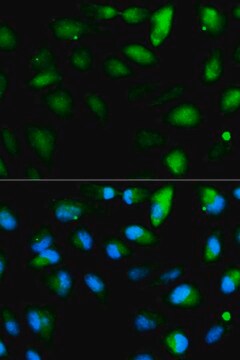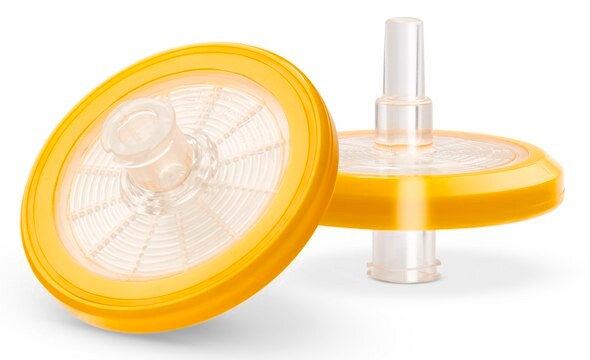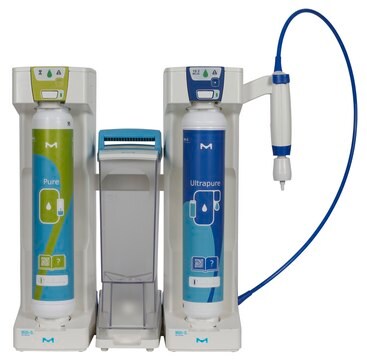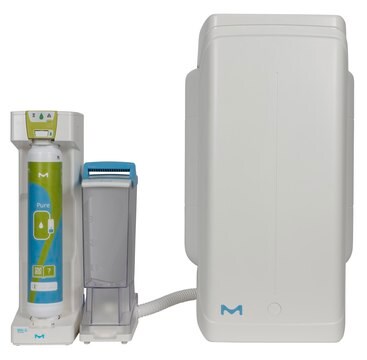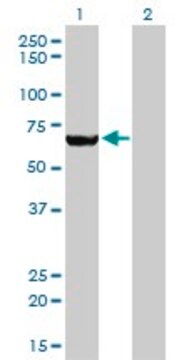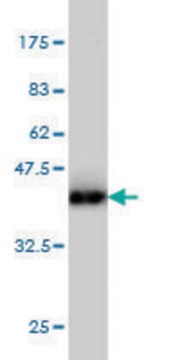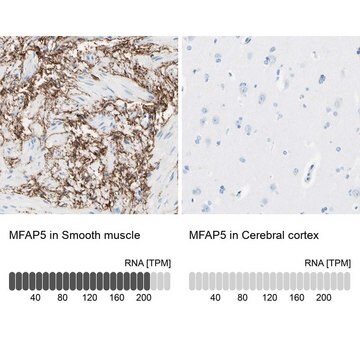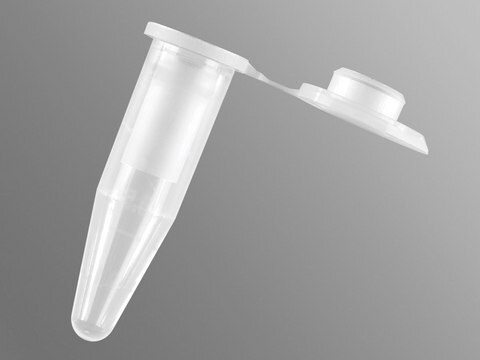WH0050848M1
Monoclonal Anti-F11R antibody produced in mouse
clone 2E3-1C8, purified immunoglobulin, buffered aqueous solution
Synonym(s):
Anti-F11 receptor, Anti-JAM, Anti-JAM1, Anti-JAMA, Anti-JCAM, Anti-KAT, Anti-PAM1
About This Item
Recommended Products
biological source
mouse
Quality Level
conjugate
unconjugated
antibody form
purified immunoglobulin
antibody product type
primary antibodies
clone
2E3-1C8, monoclonal
form
buffered aqueous solution
species reactivity
human
technique(s)
immunohistochemistry (formalin-fixed, paraffin-embedded sections): suitable
indirect ELISA: suitable
proximity ligation assay: suitable
western blot: 1-5 μg/mL
isotype
IgG1κ
GenBank accession no.
UniProt accession no.
shipped in
dry ice
storage temp.
−20°C
target post-translational modification
unmodified
Gene Information
human ... F11R(50848)
General description
Immunogen
Sequence
MGTKAQVERKLLCLFILAILLCSLALGSVTVHSSEPEVRIPENNPVKLSCAYSGFSSPRVEWKFDQGDTTRLVCYNNKITASYEDRVTFLPTGITFKSVTREDTGTYTCMVSEEGGNSYGEVKVKLIVLVPPSKPTVNIPSSATIGNRAVLTCSEQDGSPPSEYTWFKDGIVMPTNPKSTRAFSNSSYVLNPTTGELVFDPLSASDTGEYSCEARNGYGTPMTSNAVRMEAVERNVGVIVAAVLVTLILLGILVFGIWFAYSRGHFDRTKKGTSSKKVIYSQPSARSEGEFKQTSSFLV
Physical form
Legal Information
Disclaimer
Not finding the right product?
Try our Product Selector Tool.
Storage Class Code
10 - Combustible liquids
WGK
nwg
Flash Point(F)
Not applicable
Flash Point(C)
Not applicable
Personal Protective Equipment
Choose from one of the most recent versions:
Certificates of Analysis (COA)
Don't see the Right Version?
If you require a particular version, you can look up a specific certificate by the Lot or Batch number.
Already Own This Product?
Find documentation for the products that you have recently purchased in the Document Library.
Global Trade Item Number
| SKU | GTIN |
|---|---|
| WH0050848M1-100UG | 4061832744124 |
Our team of scientists has experience in all areas of research including Life Science, Material Science, Chemical Synthesis, Chromatography, Analytical and many others.
Contact Technical Service